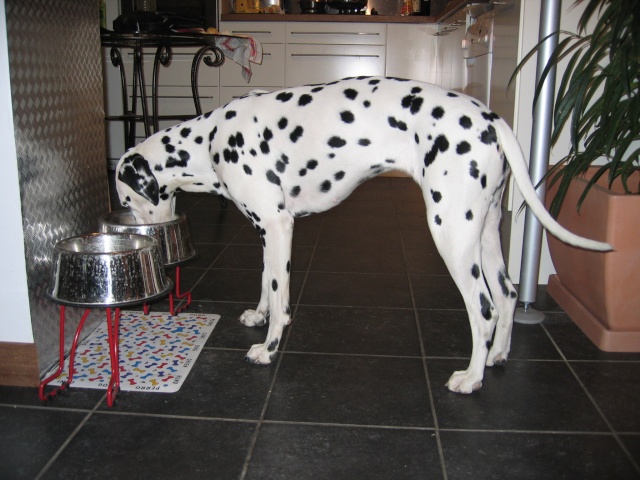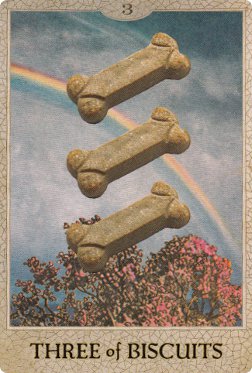Puppy mills produce both puppies and misery
The first step in fighting puppy mills is to not ignore what
really goes on. Puppy mills produce both puppies and misery. They will often be crammed in a cage with
several other dogs, have not enough to eat, not enough to sleep and never be
let outside. This forces all of the dogs
to sleep and eat in their own urine and feces or on the bodies of their dead
cage mates. They are never looked after
by veterinarians and are not euthanized when they become infertile or
sick.
They are shot, electrocuted, drowned or dispatched in some
other way. Their bodies are then buried
or ground into fertilizer because, as puppy mill owner Henry Stoltzfus put it,
“Puppies are biodegradable.”
Never Buy a Puppy
There are so many dogs and puppies that need homes that
there is no excuse to buy one. Never buy
a puppy from a pet store, because all pet stores are supplied by puppy mills,
no matter what the employees tell you.
If you have the option, never even buy pet supplies from stores that
sell puppies.
Never buy a dog or puppy off of the Internet, especially
from sites that ship puppies to anywhere in the world and can get a hold of any
breed you want. These sites are just
puppy mills in disguise. Never buy or
adopt a pet sight unseen from an internet site.
This not only could be a puppy mill, but a scam.
Never buy a puppy or dog from a newspaper ad or magazine ad,
even if the ad is in a national dog publication and claims that the puppy has
papers. Magazines and the American
Kennel Club do not bother inspecting every breeder to be sure that they are not
a puppy mill. They just take the
registration fees and pocket it.
Support Anti-Puppy
Mill Legislation
Politicians will do just about anything to get votes –
including voting for anti-puppy mill laws if they get enough people to write or
call them. Even if you do not have the
time to write or call, you can email. If
you cruise on over to websites that feature online petitions, you can add your
own electronic signature.
When your elected official does vote for anti-puppy mill
legislation, thank them. This can be
done with a quick phone call, by snail mail or email. This reminds the politicians of how important
this issue is to their constituents.
Write To News Outlets
Has a news story about a puppy mill been featured in your
local television news station, magazine or newspaper? Write or email a quick thank you to that
publication or station for bringing the issue to public attention. Many online news sources also feature stories
about prosecuting puppy mill owners, shutting down puppy mills or dog
auctions.
A quick email of thanks or a few sentences in their comments
box can help encourage that particular news outlet to focus more on stories
about puppy mills and how to stop them.





